In the past week we have seen an alarming number of counterfeits made in the 1860s. It is important to understand the difference between a reproduction and a counterfeit. We have a guide to reproductions. Reproductions are cheesy copies that won’t come close to deceiving any dealer or collector. They are usually printed on brown brittle paper with all black overprints. They don’t even look close to the real thing.
True counterfeits are different. They were made by forgers at the time the original note was circulating. Some can be very deceptive. The paper usually looks pretty decent. The easiest way to spot a fake it to look at the details. It is very difficult to get the portrait of people correct. Serial numbers and seals are not crisp and look blurry.
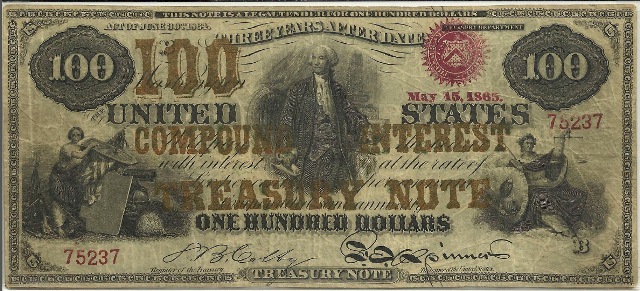
This Is A Very Good Fake, But George Washington Looks Way Off
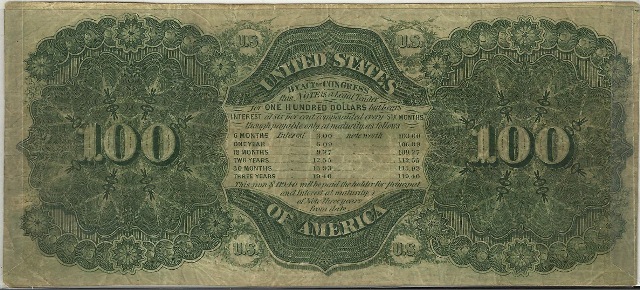
The Paper And Colors Look Great Here, But It Is Still Fake
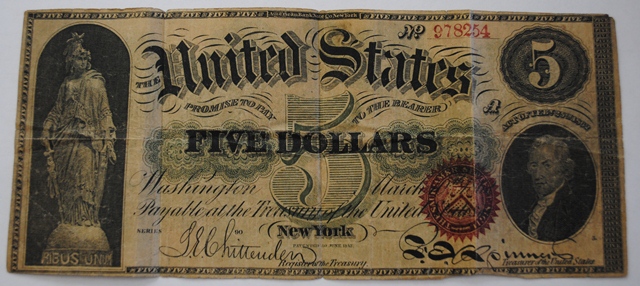
The Blurry Red Seal Is The Giveaway On This Fake
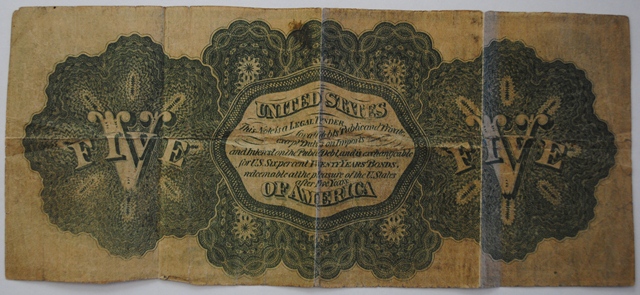
The Green Color Is Too Dark And Some Details Are Missing
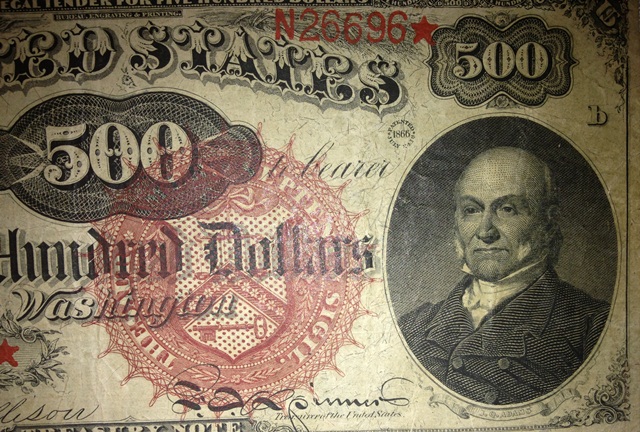
This Is Extremely Deceiving. It Looks Like Authentic Printing Plates Were Used.
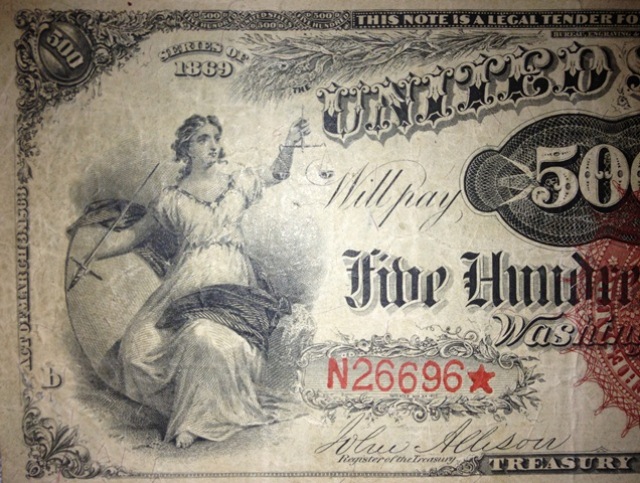
All 1869 $500 Notes Were Printed On Paper With A Blue Tint. This Fake Is Not.
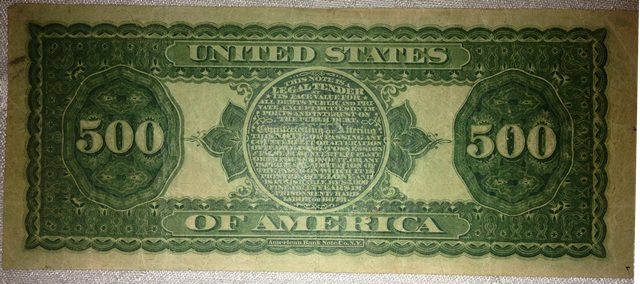
The Forgers Could Not Get The Back Color Correct. This Green Is Way Too Dark.
The good news is that 99.7% of the paper money we see is in fact authentic and collectible. However, be careful if you are dealing with issues from the 1860s. We are always available to give free appraisals and opinions. Sales@AntiqueMoney.com


